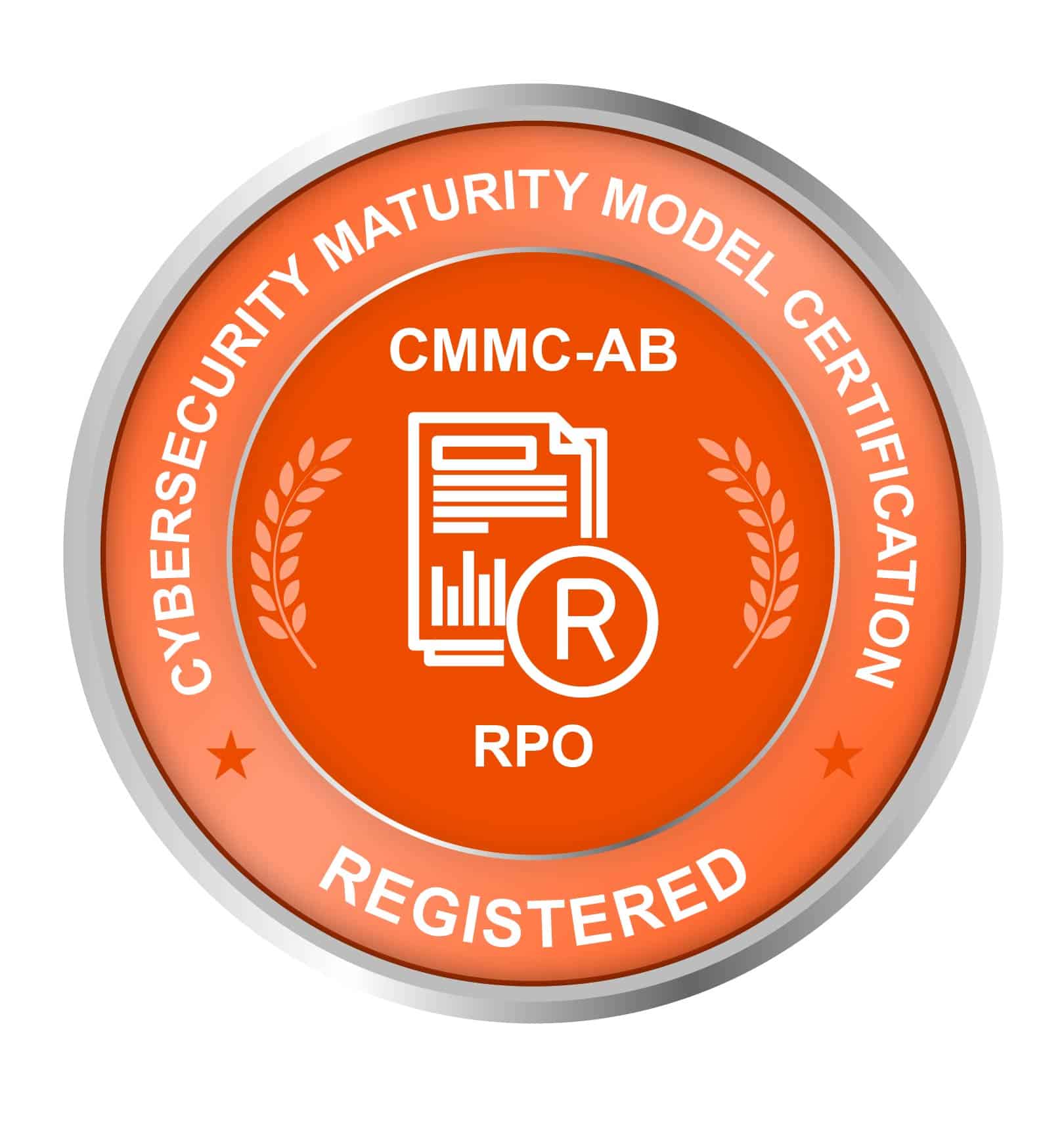IoT Devices
The billions of interconnected devices, buildings, vehicles, and other objects that are embedded with software, electronics, actuators, network connectivity, and sensors make up the Internet of Things (IoT). The best thing about IoT is that it allows data transfer over the network without human to computer or human-to-human interactions. In IoT, ‘things’ can refer to anything from a farm animal that has a biochip transponder, a car with built-in sensors that can alert you on certain issues (i.e. low fuel or low tire pressure), or someone with a heart monitor implanted in them. IoT devices have an IP address and the ability to deliver data over networks.
The Internet of Things came to be when the internet combined with microservices, micro-electromechanical systems, and wireless technologies. With that convergence, walls between information technology and operational technology were eliminated to enable machine-generated unstructured data to be determined for insights. However, since the IoT devices involve transferring data over a network, they are still prone to security risks. For instance, high-end cars that have built-in Wi-Fi are still prone to security issues that are common to conventional Wi-Fi hotspots. You should be worried about these vulnerabilities because hackers could attack your devices to access critical information about your business or organization. Hence, it is important to find and implement reliable security measures that can help prevent and remediate the security vulnerabilities that could pose a threat to IoT devices.
Traditional manufacturers rely on proprietary embedded systems, which are difficult to hack because of restrictions and closed source code. Many IoT devices run on Microsoft Windows because it is ubiquitous, commonly used by programmers, and reasonably priced. The operating system is used in various devices including mobile medical devices (i.e. pacemakers). However, unlike Windows for desktop, Windows for IoT devices currently lack a patching method, and since many of them are connected to the internet using wireless technologies like Wi-Fi, the easier it is for viruses to spread amongst them.
To avoid security vulnerabilities in IoT devices, it is essential to keep their software updated at all times. If your business relies on wearables and mobile smart devices, consider coming up with policies on how they should be used by your employees. An IT consultant should be able to help you come up with the right strategies to make your IoT devices safer.
About the Author:
Mike Rana is the Chief Technology Advisor of Orion Network Solutions. Orion Network Solutions specializes in providing Computer Installation, Maintenance, and Consulting services along with 24×7 help desk services for small and midsize companies. We provide network solutions that enable small businesses to not only lower their management cost but also increases employee productivity at the same low price. We offer network solution that becomes an integral part of your organization and can provide an increase in productivity of your organization.










